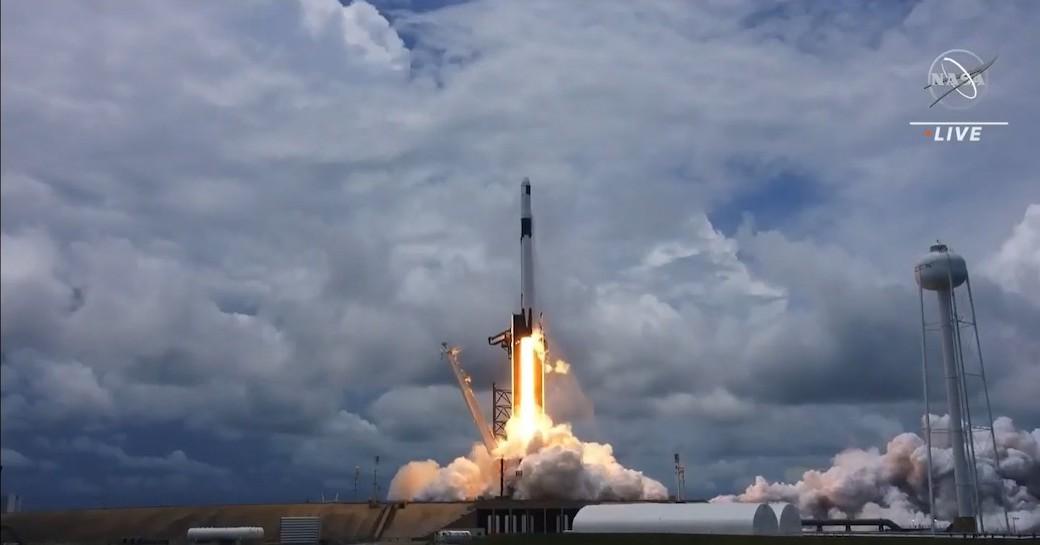
Credit: NASA
A SpaceX Dragon capsule lifted off for a resupply run to the International Space Station (ISS) on June 5, carrying more than 7,200 lb. of cargo including another pair of next-generation solar arrays to upgrade the 22-year-old outpost’s electrical power system. The Commercial Resupply Mission-28...
Subscription Required
This content requires a subscription to one of the Aviation Week Intelligence Network (AWIN) bundles.
Schedule a demo today to find out how you can access this content and similar content related to your area of the global aviation industry.
Already an AWIN subscriber? Login
Did you know? Aviation Week has won top honors multiple times in the Jesse H. Neal National Business Journalism Awards, the business-to-business media equivalent of the Pulitzer Prizes.





